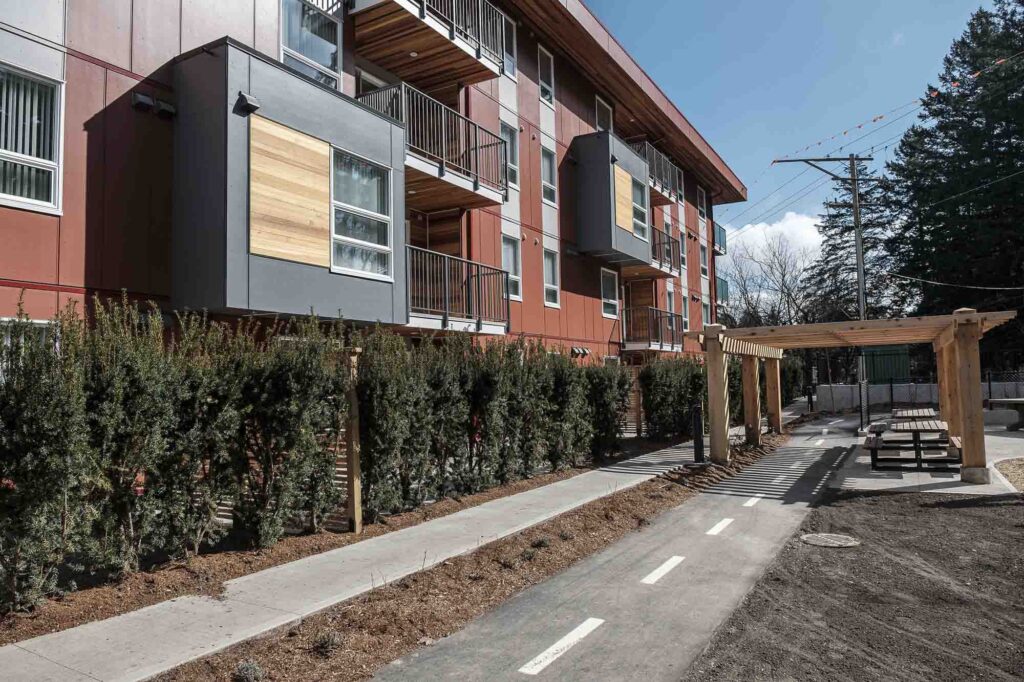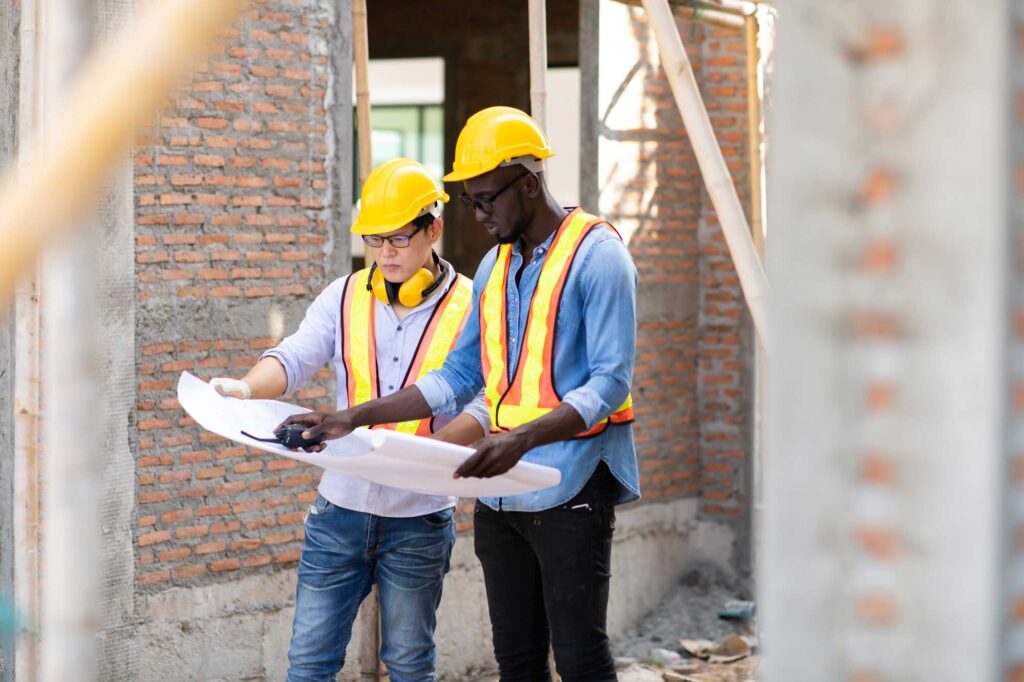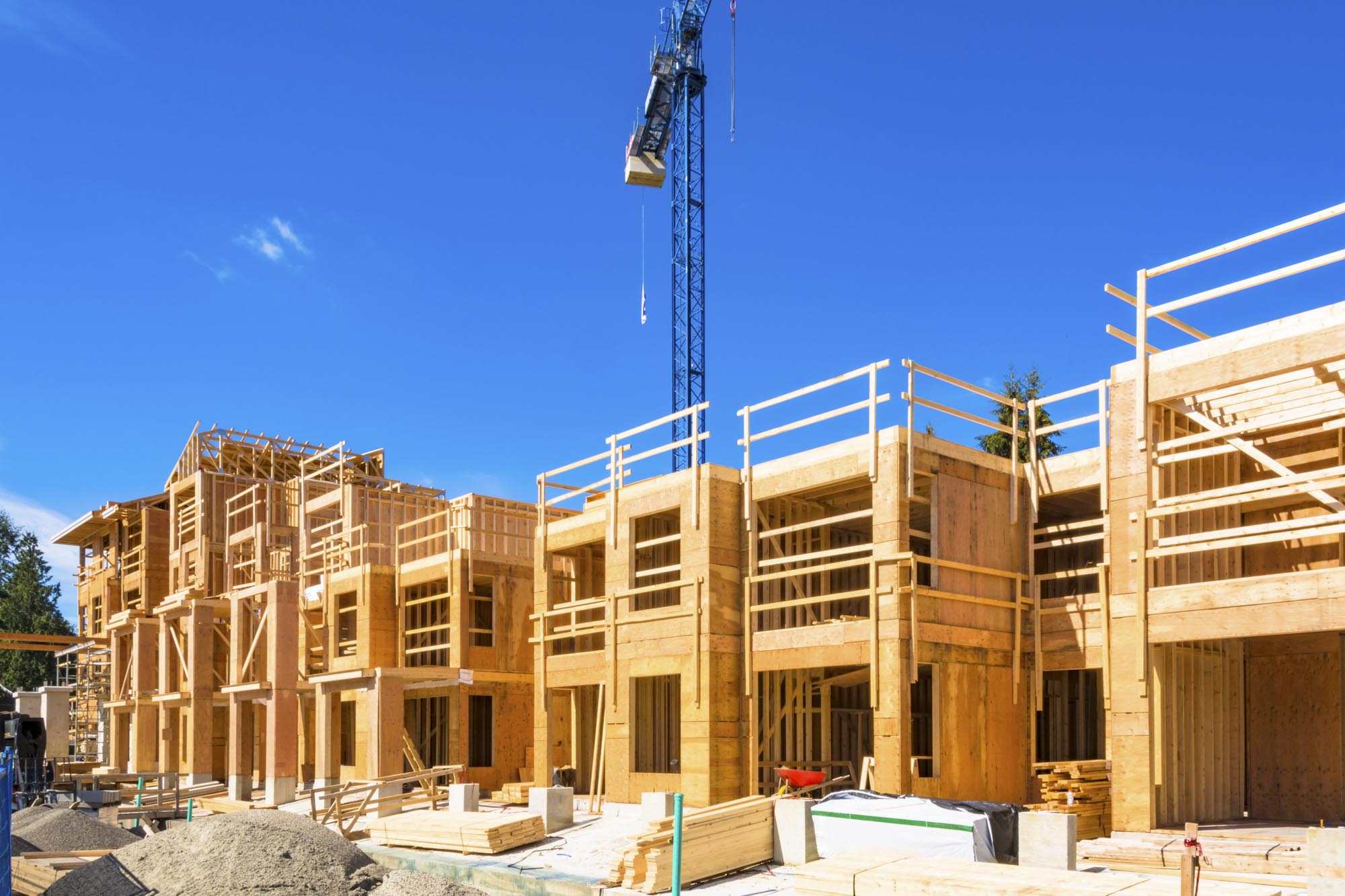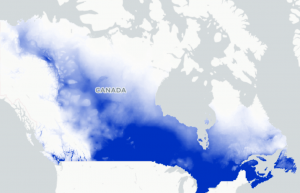“The danger here is only looking at data describing what the climate was like for a particular region in the past, which might show very little overheating risk,” adds Szpala’s colleague, Wilma Leung, Senior Manager at the BC Housing Research Centre (which leads research and education to support a strong residential construction industry and housing sector). “But the future climate will not be like the past.”
If future climate is not considered, a building might be constructed with adequate heating for the winter, but no cooling provision in the summer. This is largely a reflection of historical climate patterns. While over 90 percent of households have some form of air conditioning in countries like the US and Japan, this falls to only about 60 percent in Canada, according to Statistics Canada. In British Columbia, only one-third of households have air conditioning, and this drops to under a quarter in the Atlantic provinces.
Visitors to ClimateData.ca can use the site to identify the future frequency of extreme heat events. For example, users can see that in climate modelling of the Greater Vancouver region in the recent past, there were zero “tropical nights” (the term used to describe nights where the minimum temperature exceeds 18ºC). Yet users can also see that by the 2050s there could be as many as 15 such nights a year on average, and in the more distant future under all global warming scenarios, the number of these nights increases further (Figure 1). This is significant, as exceedances of maximum and minimum temperature thresholds over prolonged time periods (i.e., heat waves) result in higher mortality risks. Depending on the region, a hot summer night typically ranges from 16 to 20ºC4 – three consecutive days with nighttime temperatures beyond the regional threshold represents increased risk. The Vancouver region has previously been able to rely on cool nights to provide relief from hot days; in the absence of mechanical cooling methods, a string of hot nights will prevent passive cooling via window ventilation and exacerbate heat stress.
This information is important for all developers and housing providers, including an organization like BC Housing, since their buildings will have a certain energy budget prescribed by local governments through the Step Code. As Leung explains, “Without adequate cooling provisions, in the future, people in those households will just go out and buy an off-the-shelf air-conditioner, stick it in their window, and now your energy budget is blown.”
For this reason, BC Housing developed a series of guidelines to build with this in mind. The organization then reached out to the Pacific Climate Impacts Consortium to calculate future-adjusted versions of location-specific, historical weather files at different periods in the future, using the high emissions scenario (RCP 8.5). Utilizing the high emissions scenario provides the most appropriate range of outputs for design, as the amount of climate change that would occur in the high emissions scenario by about mid-century is similar to what would occur under a mid-range scenario (RCP 4.5) later in the century. These “future-shifted weather files” constitute an educated guess of what typical daily temperatures might be at locations that already have historical weather files. BC Housing then used these files as inputs to energy models that simulated building performance under these warmer conditions, both for existing buildings and those currently being designed.
The next step was to conduct a more fine-grained analysis, moving from the entire building’s energy budget and performance to the level of individual units within a building. An individual unit’s overheating risk depends, among other things, on its orientation and location. One would expect that, for example, a southwest-facing unit might be more exposed to overheating than a unit in the northeast corner of the building.
“I’ve been working in this area for some time, but it was so surprising to find out when we did the energy modelling using future weather files, that a lot of our buildings that we had designed would be at very high risk of overheating the very first summer that the building opens,” says Szpala. “That was a bit of a shock. That was huge.”
Both Leung and Szpala say that if they were to advise other developers, the number one recommendation would be to consider overheating risk as early in the process as possible. At later stages of project development, incorporating climate adaptation measures is likely to be difficult and, consequently, expensive. “We definitely learned the hard way.”
Other lessons learned in recent years surrounded the extended seasons of wildfire in British Columbia and California, and also the Covid-19 pandemic. When cooling options are considered, air quality also comes into play. To cool down, people will want to open a window, but not if smoke from wildfires introduces toxic levels of air pollutants. In this case, air conditioning is a natural choice. However, if the electricity used to power the air conditioning is carbon-intensive, then the emissions that lead to warming will increase as a result.
One cheaper and more energy efficient option is to have a single cooled common room, or refuge centre, rather than air conditioning for every unit. This solution allows for the efficient filtration of allergens and wildfire particulates as well. “But a common room doesn’t work during a pandemic!” says Leung.
“There are layers upon layers of climate resilience. And sometimes, the response to one aspect acts against a response to another aspect,” she continues. “It’s really complicated. Future climate data at least help.”





